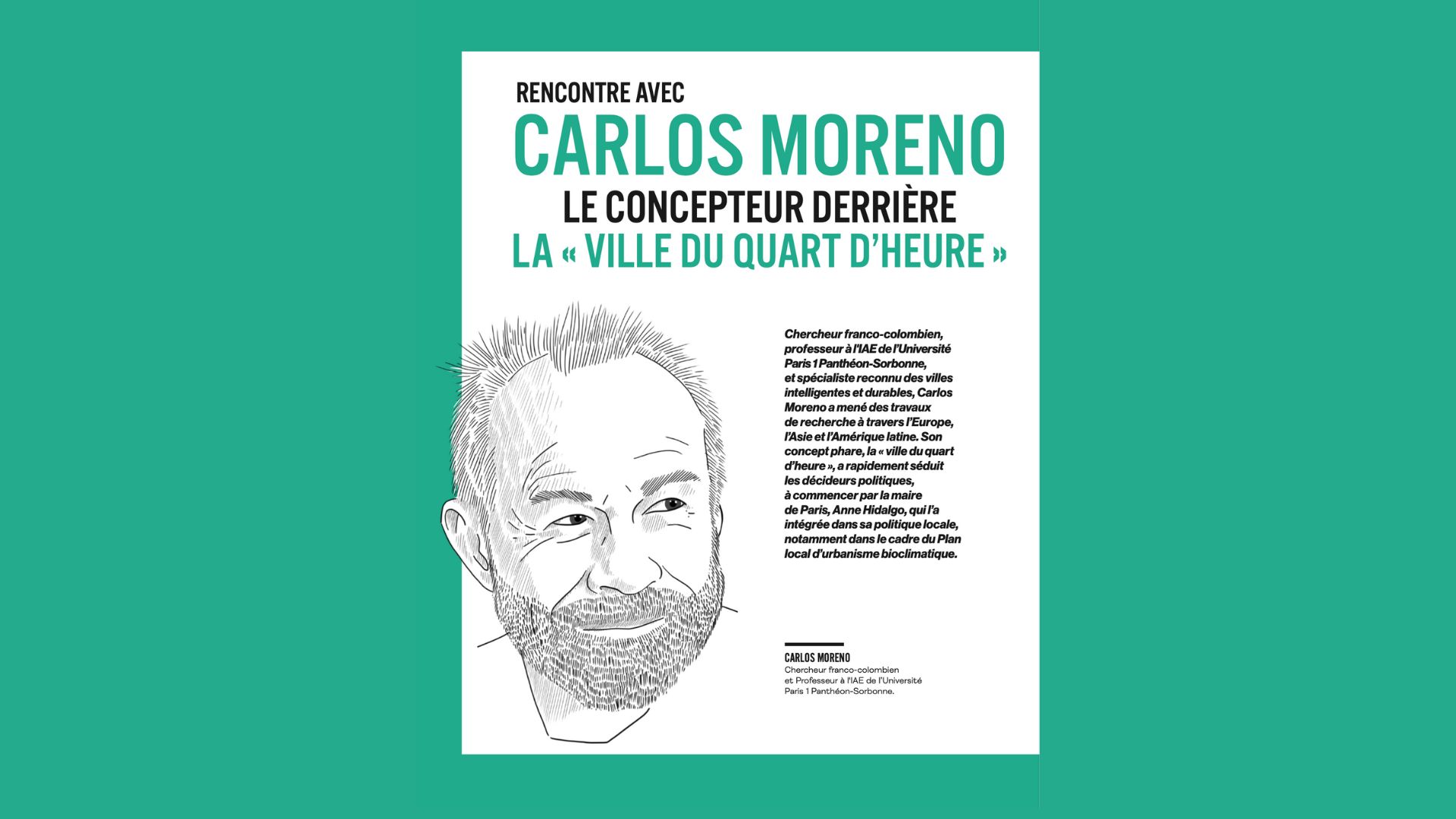Extract from new article by The Guardian entitled “Why has the ‘15-minute city’ taken off in Paris but become a controversial idea in the UK?”
“Moreno has written a new book, The 15-Minute City, about his theory, which is being implemented in cities from Milan to Buenos Aires. In it, he explains his theory, which is quite simple.
When many modern cities were designed, they were for men to work in. Their wives and family stayed in the suburbs, while the workers drove in. So they have been designed around the car, and segmented into different districts: the financial district (think Canary Wharf), the cultural area (for example, the West End) and then the suburbs. They have also often been segmented into wealthier and poorer areas; in the less prosperous area to the north-east of Paris, Moreno says up to 40% of homes are social housing. In the wealthier west of Paris, this drops below 5%.
“My idea is to break this triple segregation,” he says.
Moreno thinks this segregation leads to a poorer quality of life, one designed around outdated “masculine desires”, so his proposal is to mix this up, creating housing developments with a mixture of social, affordable and more expensive housing so different social strata can intermingle. He also wants to bring schools and children’s areas closer to work and home, so caregivers can more easily travel around and participate in society. He also thinks office should generally be closer to homes, as well as cultural venues, doctors, shops and other amenities. Shared spaces such as parks help the people living in the areas to form communities.
An example of this is the new Îlot Saint-Germain development in one of Paris’s most chic neighbourhoods. It is situated in the old defence ministry, and flats with sweeping views of the Eiffel Tower go for a social rent of €600 (£515) a month.




